Exploring the great outdoors offers a refreshing escape from the hustle and bustle of daily life, providing a unique opportunity to connect with nature and experience the beauty and tranquility it offers. However, this adventure comes with its own set of risks and potential dangers that one should be mindful of. Awareness and preparation are key to ensuring a safe and enjoyable experience. This blog post delves into several outdoor hazards, ranging from wild animals to poisonous plants, aiming to educate and prepare outdoor enthusiasts for a safer journey into the natural world.
Contents
Wild Animals
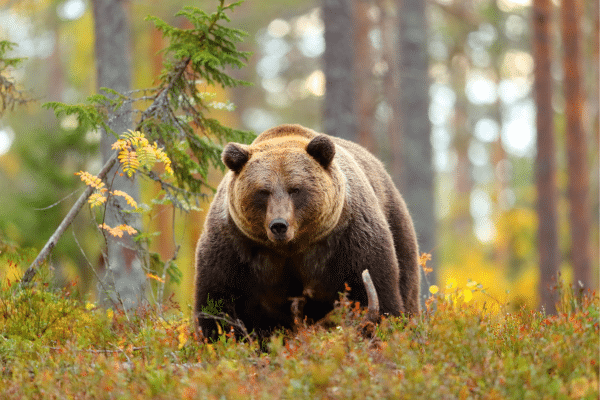
Encounters with wild animals can be one of the most unpredictable and potentially dangerous aspects of spending time outdoors. Animals, especially those in their natural habitat, can behave unpredictably. It is crucial to understand that even seemingly harmless animals can pose a threat when they feel threatened or cornered. Keeping a safe distance, avoiding feeding wildlife, and being aware of one’s surroundings can significantly reduce the risk of an unwanted encounter. Knowledge of the wildlife commonly found in the area being visited can also be invaluable, helping to recognize and avoid potential dangers.
When faced with a potentially dangerous animal, the best course of action is to remain calm and avoid sudden movements. Making noise from a safe distance can deter animals, but once close, it’s vital to stay quiet and avoid eye contact, particularly with predators. If an animal appears aggressive, backing away slowly and giving it space can help de-escalate the situation. Carrying bear spray or a similar deterrent, when hiking in areas known for large predators like bears or cougars, can provide an extra layer of safety.
Poison Ivy
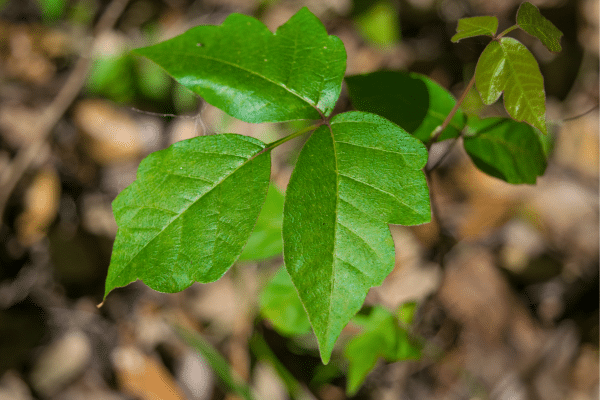
Identifying and avoiding poison ivy is essential for anyone venturing into the outdoors. This plant, commonly found in many parts of the world, can cause severe allergic reactions if its oil, urushiol, comes into contact with the skin. Recognizing poison ivy’s distinctive three-leaf clusters can prevent unpleasant experiences. The old adage “Leaves of three, let it be” serves as a good rule of thumb. Avoiding direct contact with the plant, wearing long sleeves and pants when in areas where it is prevalent, and washing clothes and gear after exposure can minimize the risks.
In the event of contact with poison ivy, prompt action is necessary to reduce the severity of the reaction. Washing the affected area with soap and water as soon as possible can remove some of the oils, potentially lessening the reaction. Over-the-counter creams and medications can alleviate the symptoms, which include itching, redness, and blistering. If the reaction is severe, seeking medical attention is advised to prevent complications and obtain relief from the symptoms.
Unpredictable Weather
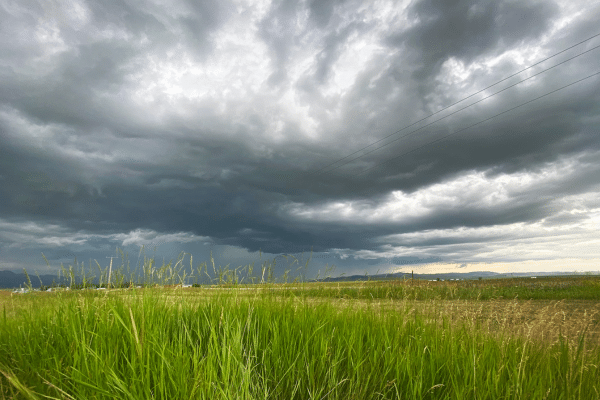
Outdoor enthusiasts often face the challenge of unpredictable weather, which can turn a day in nature from pleasant to perilous rapidly. Sudden storms, flash floods, and extreme temperature changes are just a few weather-related dangers that can arise. Checking weather forecasts before embarking on an outdoor adventure is crucial, but being prepared for unexpected changes is equally important. This preparation includes carrying appropriate gear, such as waterproof clothing and extra layers for cold weather, and having a plan for seeking shelter in case of severe conditions.
When caught in bad weather, finding shelter can be the difference between a safe return and a potentially dangerous situation. Lightning storms require one to avoid open fields, tall trees, and water, seeking shelter in a low area under a thick growth of small trees or in a vehicle if possible. In the case of extreme heat, staying hydrated and avoiding strenuous activity during the hottest parts of the day can prevent heatstroke and dehydration. Recognizing the signs of weather-induced ailments and knowing how to respond is vital for outdoor safety.
Unsafe Terrain
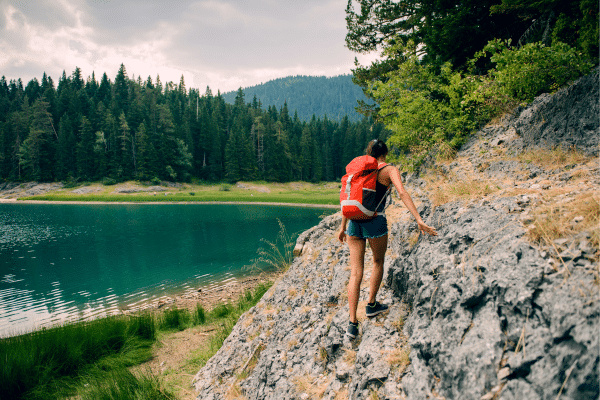
Navigating unsafe terrain, such as rocky outcrops, steep slopes, and slippery surfaces, requires caution and preparation. Many outdoor accidents occur due to falls or missteps on challenging terrain. Proper footwear with good traction and stability can prevent slips and falls, while trekking poles can provide additional support and balance. Assessing the difficulty of the terrain before an outing and planning accordingly can prevent situations that exceed one’s skill level or physical capability.
Awareness of the surroundings and understanding one’s limits are crucial when traversing difficult terrain. In mountainous or uneven areas, weather conditions can also affect safety, with rain or snow making paths slippery and dangerous. In such environments, taking time to plan the route, allowing for adequate daylight, and being prepared to turn back if conditions worsen are key strategies for safe navigation.
Mushrooms
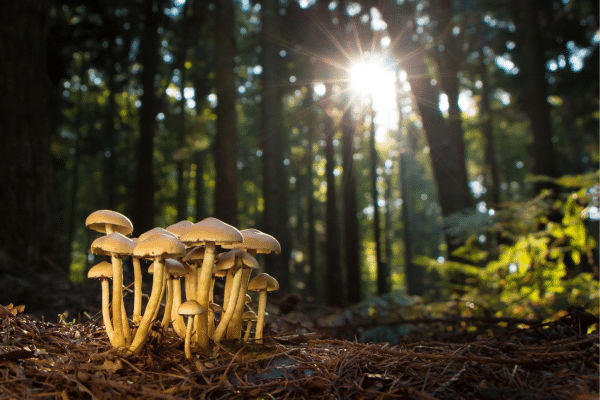
The allure of foraging for wild mushrooms can be strong, but it comes with significant risks due to the difficulty of distinguishing between safe and poisonous varieties. Many mushrooms that are safe to eat have toxic look-alikes, and misidentification can lead to serious health issues, including organ failure and death. Therefore, acquiring knowledge from experts and using reliable resources is crucial before engaging in mushroom foraging. Even experienced foragers exercise caution and consult multiple sources when identifying mushrooms.
If the temptation of mushroom foraging is irresistible, it is vital to go with an experienced guide or forager who can provide accurate identifications and advice. Consuming wild mushrooms without absolute certainty of their safety can lead to severe consequences. Symptoms of mushroom poisoning vary but can include nausea, vomiting, abdominal pain, and more severe neurological or liver-related symptoms. Immediate medical attention is required if mushroom poisoning is suspected, as early treatment can be critical to the outcome.
Insects And Ticks
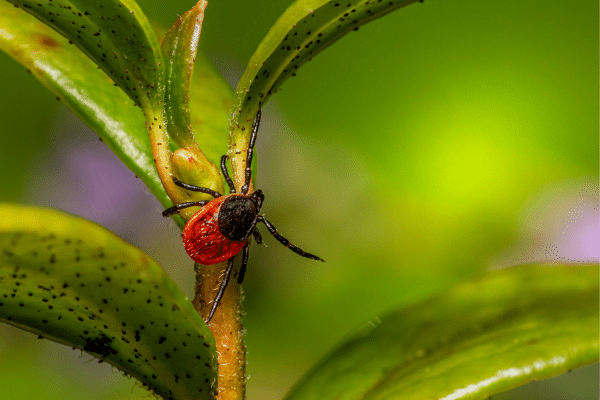
Insects and ticks in the outdoors can be more than just nuisances; they can also be vectors for diseases such as Lyme disease, West Nile virus, and Rocky Mountain spotted fever. Protection against bites starts with the use of insect repellents containing DEET or picaridin and wearing long-sleeved shirts and long pants, preferably treated with permethrin. Avoiding areas known for high tick and insect populations, particularly during peak activity times, can reduce the risk of bites and subsequent illnesses.
If bitten by a tick, removing it promptly and correctly is essential to lessen the chance of disease transmission. Using fine-tipped tweezers to grasp the tick as close to the skin’s surface as possible and pulling upward with steady, even pressure ensures complete removal. After the tick is removed, cleaning the bite area and hands thoroughly helps prevent infection. Monitoring for symptoms like rash, fever, or fatigue in the weeks following a tick bite is important for early detection and treatment of potential tick-borne diseases.
Sun Exposure

Excessive sun exposure poses risks like sunburn, dehydration, and heatstroke, particularly during outdoor activities. Protection from the sun’s harmful UV rays is necessary to prevent these conditions. Applying broad-spectrum sunscreen with a high SPF, wearing hats and sunglasses, and choosing clothing that covers the skin are effective sun protection measures. Seeking shade during the midday hours when the sun is strongest can also prevent overexposure.
Hydration is another critical aspect of safe outdoor activities, especially in hot weather. Dehydration can quickly lead to heat exhaustion or heatstroke, both of which are serious medical emergencies. Drinking plenty of water, even before feeling thirsty, and avoiding alcohol or caffeinated beverages that can lead to dehydration, are important practices. Recognizing the symptoms of heat-related illnesses, such as excessive thirst, fatigue, headache, and dizziness, allows for quick action to cool down and rehydrate.
The Bottom Line
Navigating the outdoors safely requires knowledge and preparation to avoid common hazards. From wild animals and poisonous plants to unpredictable weather and challenging terrain, being aware of the risks and knowing how to respond can greatly enhance safety and enjoyment. Adopting a cautious and respectful approach to nature, equipped with the right knowledge and tools, allows for a rewarding experience. Ultimately, the goal is to enjoy the beauty and serenity of the outdoors while minimizing risks and ensuring a safe return from every adventure.